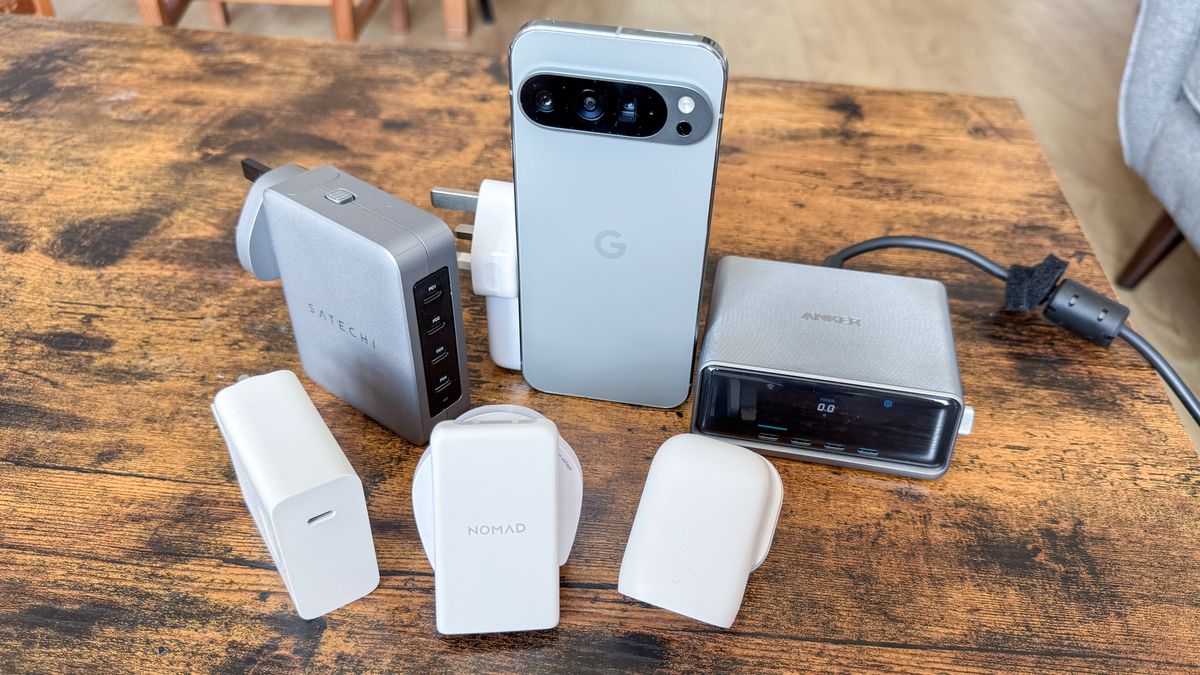I believe that any user who picks up a Google Pixel 9 Pro XL will find that it’s a fantastic and smart smartphone. But whether you’re a power user or an Android phone newbie, there’s one upgrade you’ll find harder to make use of than even its most advanced AI features.
Google upgraded the Pixel 9 Pro XL’s wired charging speed to a respectable 37W, as well as increasing the other three Pixel 9 models’ speeds by smaller amounts. But as we’ve learned recently from new Pixel 9 Pro XL owners, it’s not easy to get this maximum speed in practice.
One Redditor reported (via Android Authority) that the new big Pixel phone is unusual among phones since its higher charging speed was apparently achieved by increasing the voltage rather than the more typical approach of increasing the amperage. This meant that their attempts to charge the phone at full speed ended in failure.
Reading this post, I couldn’t help but wonder how hard it would be to find a charger compatible with the full 37W refill that the Pixel 9 Pro XL is capable of. As a tech journalist, I own more chargers than pairs of shoes, or dinner plates. Surely I would have something capable of this wattage. It turns out, despite the quality of my available chargers, I could not.
Starting slow
If you go to the store page for Google’s new 45W charger, launched alongside the Pixel 9 series, the specs tell us it supplies its highest speeds with 20 volts at 2.25 amps or 15 volts at 3 amps via PD, or up to 16 volts at 3 amps or 21 volts at 2.25 amps via PPS.
Allow me to break that mess of numbers and letters apart for you. Wattage is equal to voltage multiplied by amperage, if you’ve forgotten high school physics. Meanwhile, Power Delivery (PD for short) means charging is delivered to your phone via a fixed pre-definied voltages, while Programable Power Supply (PPS) lets devices request a specific voltage within a range offered by the charger.
With the specs of the official Google charger in mind, I tried to power the Pixel 9 Pro XL first with the two chargers closest in wattage, even if they are less powerful than Google’s own charger. First up was this Belkin BoostCharge 30W USB-C charger, which works with PD and PPS, but maxes out before the 37W we need for the Pixel’s highest speed charging. This is therefore not a charger you’d buy by default if you were getting the new Pixel, but I tested it anyway to establish a baseline.
According to my power meter, the Belkin charger fed 8.8 volts at 3 amps to the Pixel 9 Pro XL, which works out to 26.4W. That was enough to pop up the Fast Charging label when plugging in the Pixel, even if it wasn’t the fastest Fast Charging available.
My next test subject was the Nomad 35W Slim AC Adapter, a super-compact charger that’s shorter than the Pixel is wide, and skinnier too when folded up. Sadly this charger’s available only with North American-style prongs, so I had to test this via an adapter.
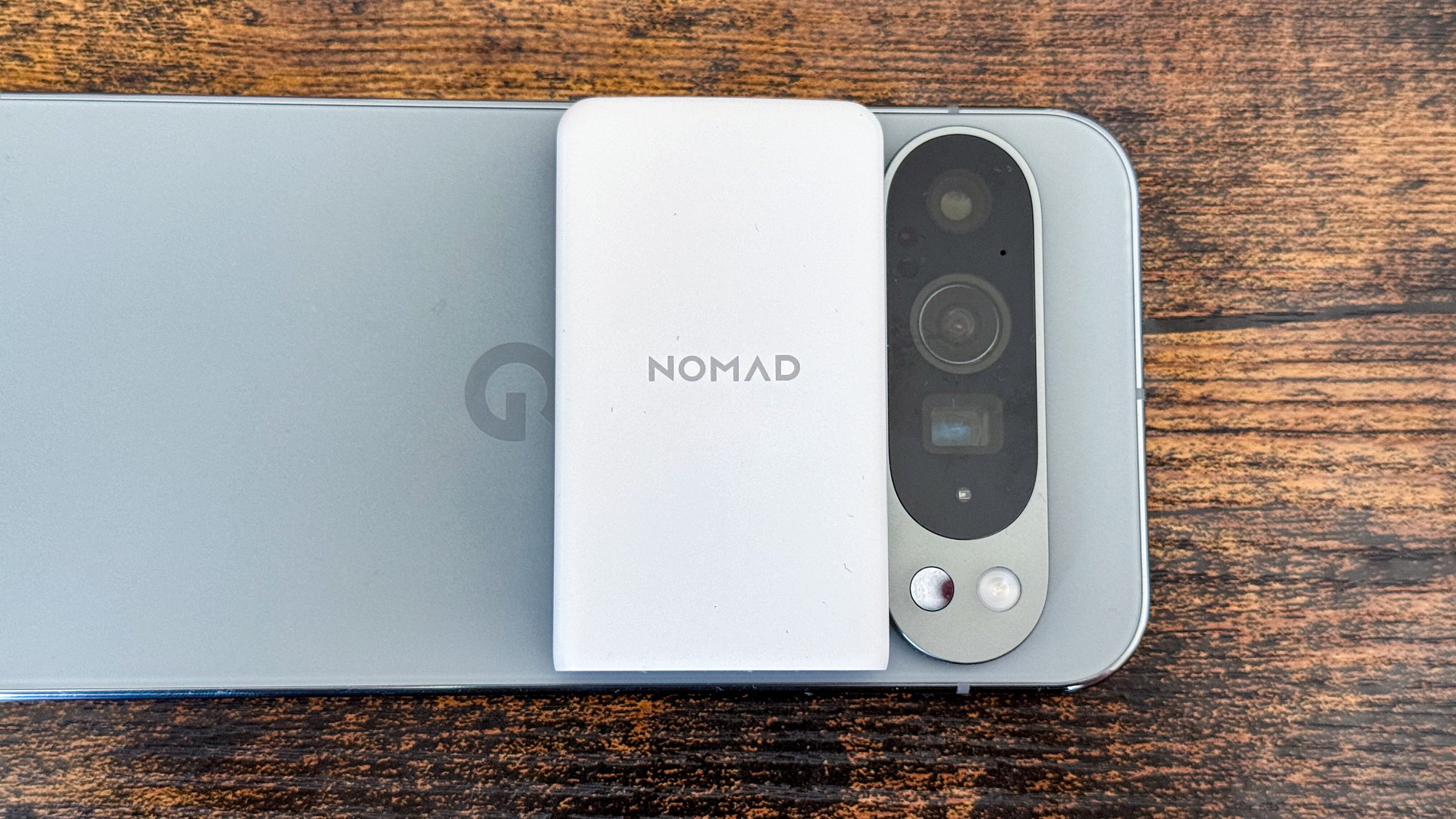
Despite being rated for a higher wattage than the Belkin charger, the Nomad was supplying 8.7 volts at 2.2 amps, a 19.4-watt speed that the Pixel didn’t class as fast charging. The store page tells us this charger maxes out at 20 volts at 1.75 amps, but we can assume this is via PD rather than PPS since the Pixel used less than half of that maximum voltage.
More power needed
With the baseline set, I moved on to my pair of laptop chargers. Both of these are rated for wattages quite a way higher than that of the Pixel 9 Pro XL, so I assumed these should easily break the 27W target set by the Belkin charger.
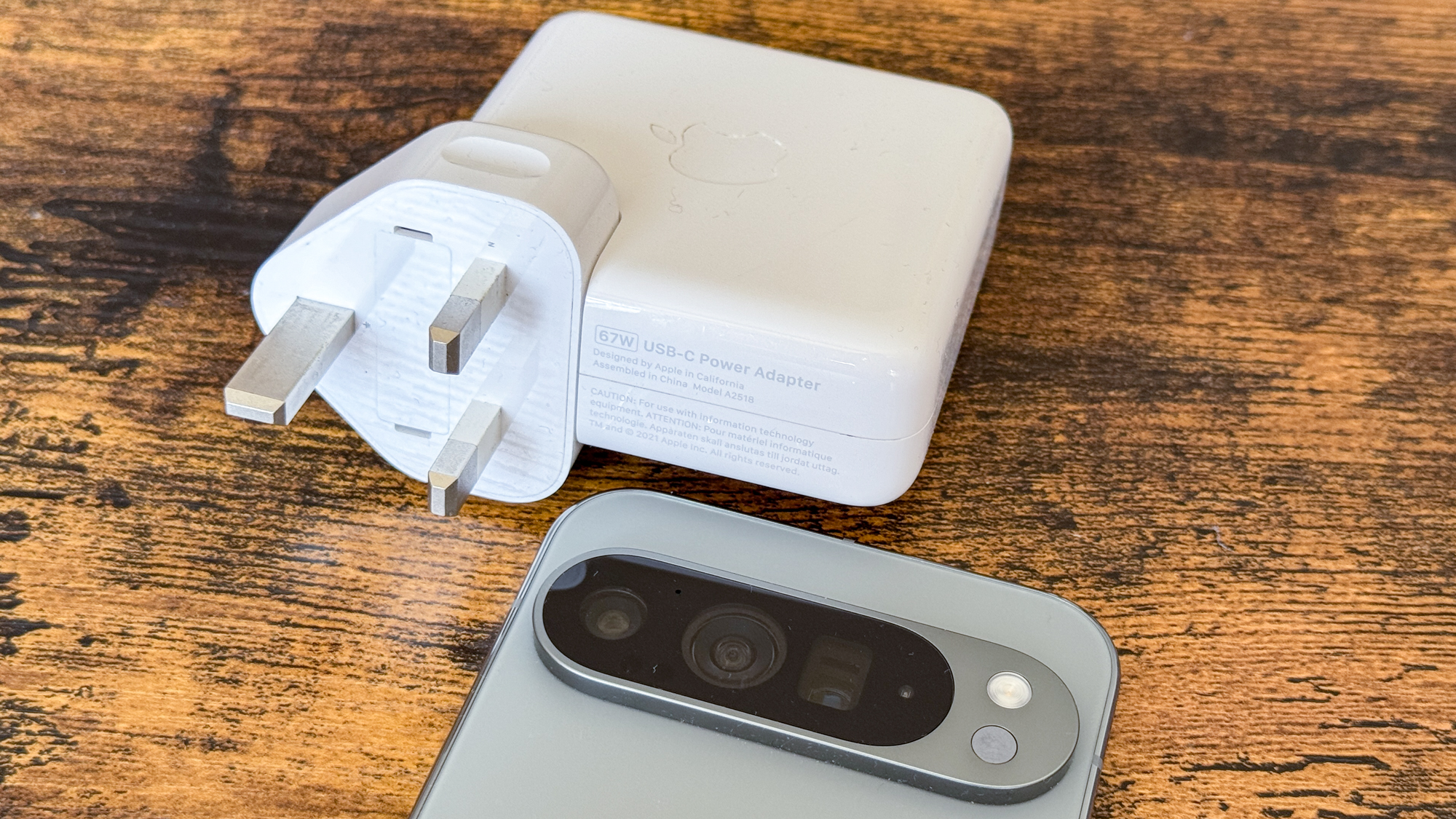
That was not the case. My 67W Apple charger (now replaced in its lineup by a 70W charger) fed the Pixel 8.8 volts at 2.2 amps (19.36W), while the 65W Honor SuperCharge Adapter (itself replaced by a 66W SuperCharge brick) managed to equal the Belkin with an 8.8V/3A/26.4W power supply that also gained it a Fast Charging badge. The specs show this Honor can match Google’s own charger for speeds of 45W or below, but like with the Nomad charger, apparently not in a way that the Pixel 9 Pro XL can use.

Things were looking dire, but fortunately I had left my two most powerful chargers for last.
Danger danger: High wattage
The Satechi 145W GaN Travel Charger and the Anker Prime 250W charger are designed to power up to four and six devices respectively, both offering a maximum of 140W (PD) to a single device. So if these couldn’t get me full Pixel charging speed, nothing would.
Both of these devices tripped up as well. The Satechi brick got stuck at 8.9V/2.2A for a 19.58W charging speed, with the Anker doing a little better, getting a Fast Charging pop-up with its 8.8V/3A (26.4W) speed. But that’s still the same as the Belkin charger we started with, which offers less than an eighth of the total wattage at 11% of the Anker’s price.
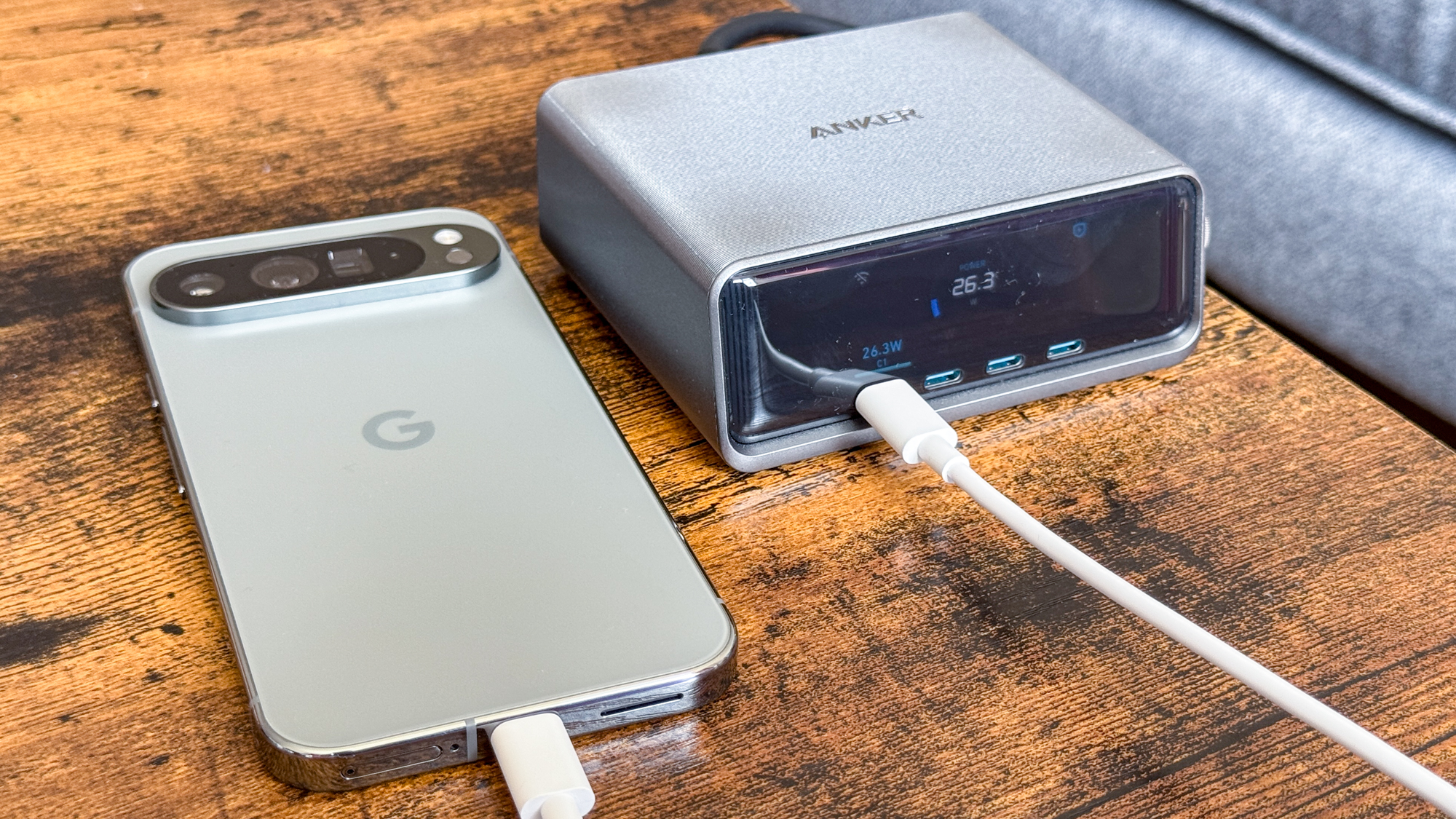
At this point, I tested all six chargers again with a different cable. I had been testing with the white USB-C cable you see in the photo above (included in the Pixel 9 Pro XL’s box), but to ensure it wasn’t just a low-rated or faulty cable, I broke out a Nomad USB-C Kevlar cable. This is rated for 20V/5A, way higher than what we should need. There was no difference in any of the results the second time around.
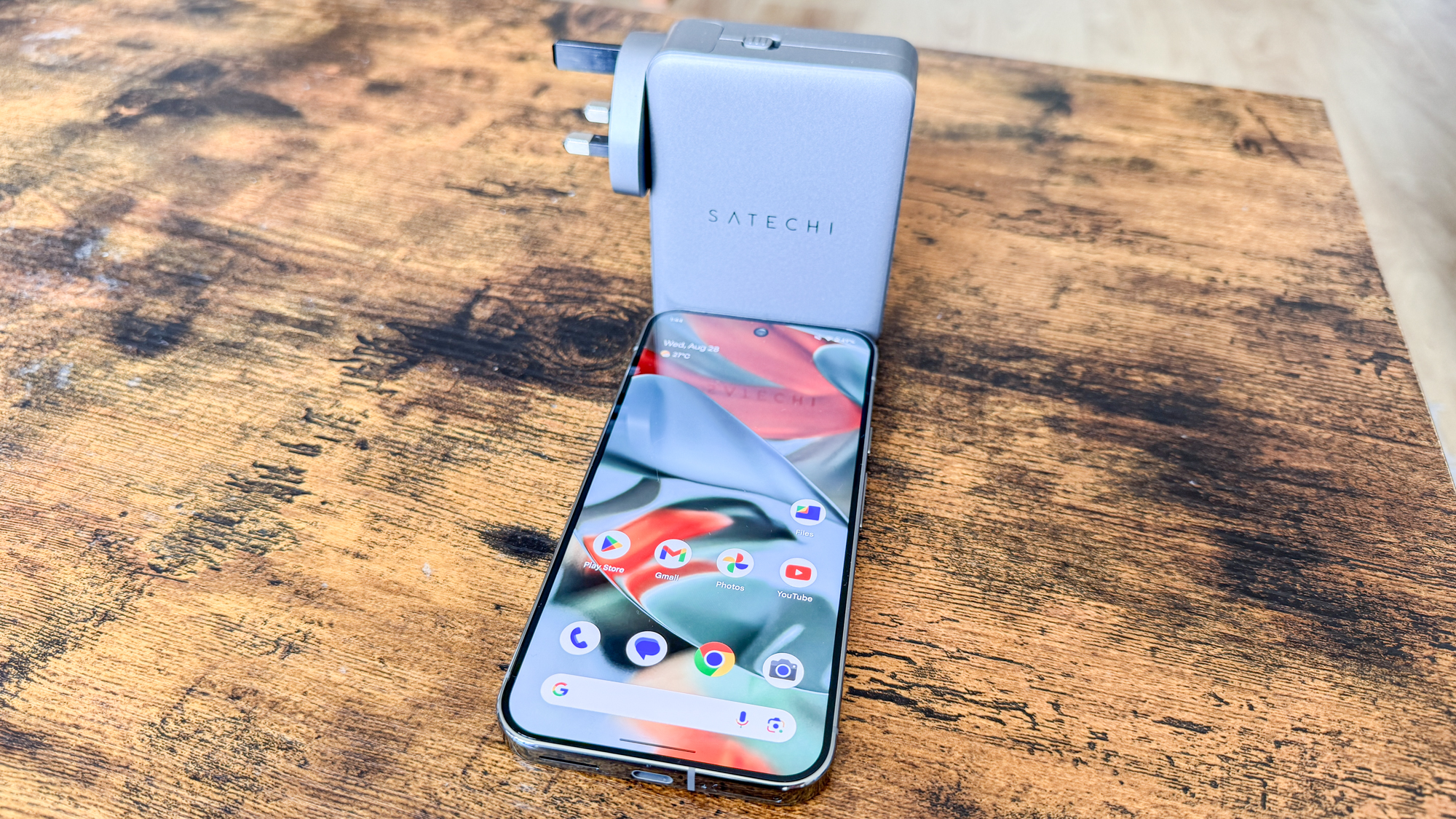
A charged issue
For what it’s worth, I recommend all of the chargers I’ve used in this article if you’re in need of a new power brick for your mobile devices. I especially like the Nomad Slim charger for its compactness, and the Anker Prime tabletop charger for its total power output and informative display. But of course, I can’t recommend them to anyone wanting the best possible charging performance out of a Google Pixel 9 Pro XL. Your only choice there seems to be Google’s own 45W brick, although I’ve not tested that one myself, so maybe that’s somehow not compatible either.
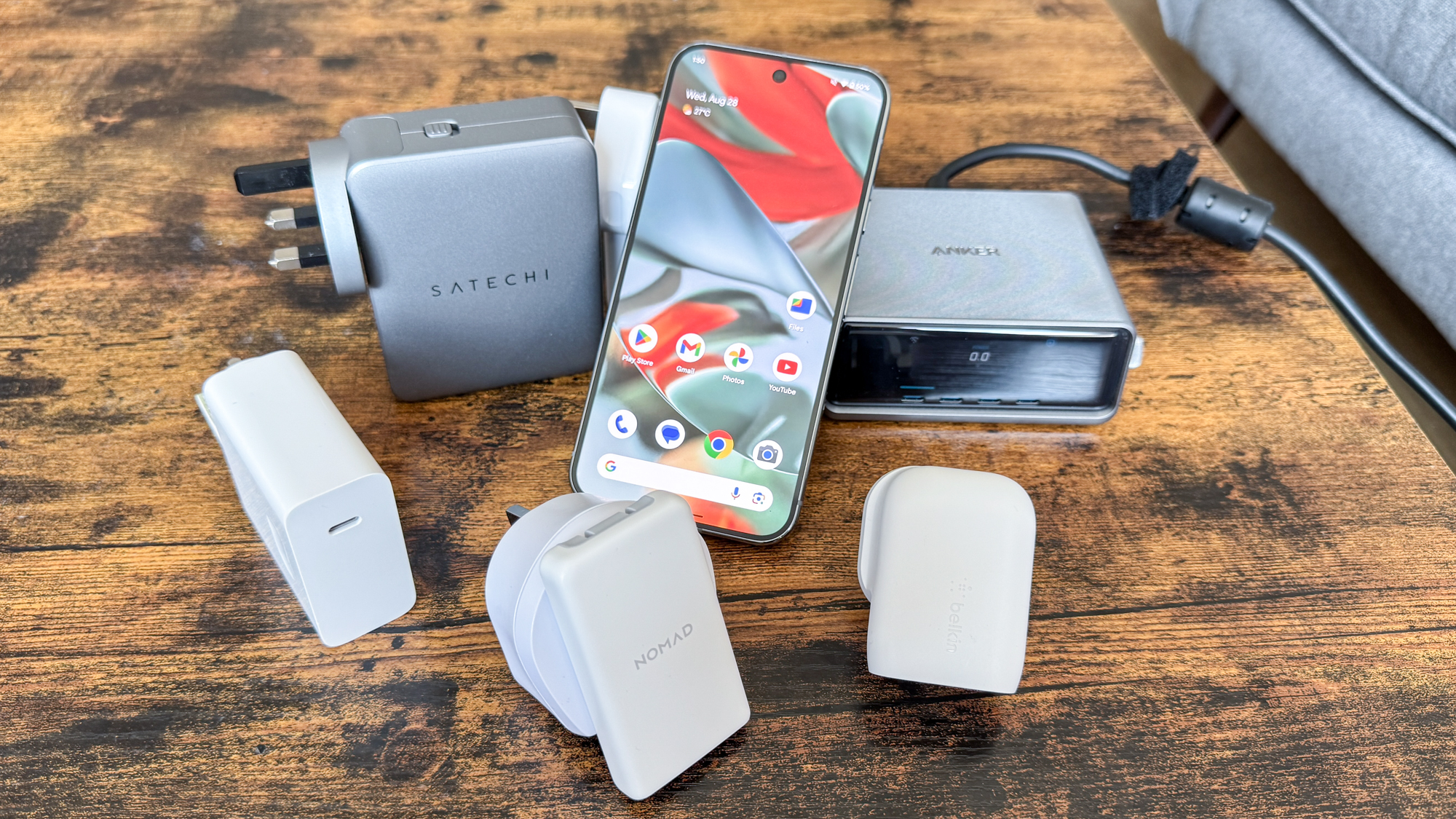
When smartphone companies stopped selling their phones with chargers, it was said the inclusion of in-box chargers was already redundant due to users already having compatible chargers at home they could use. While it’s totally possible to fill up your phone at low to moderate speeds with any old charger, there’s no guarantee you’ll get the maximum speed your phone’s capable of. And some companies seem to have made it oddly difficult to get the phone’s fastest charging with third-party chargers.
If people like me, with a boxful of chargers to choose from, can’t get the Pixel 9 Pro XL to its top charging speed, it’s very unlikely anyone else with a normal amount of chargers in their home will be able to. It shows that charging phones is surprisingly complex, and efforts to clarify the standards across the industry need to be made to help users understand what they need and what they’re buying. And maybe that Google needs to rethink its charging strategy for the Pixel 10 next year.

